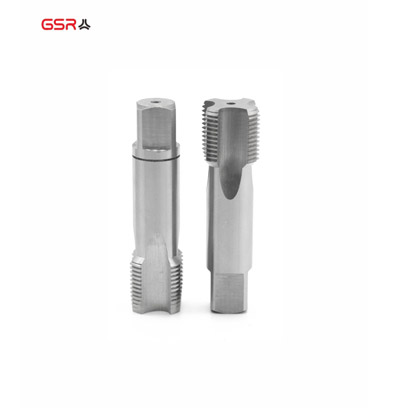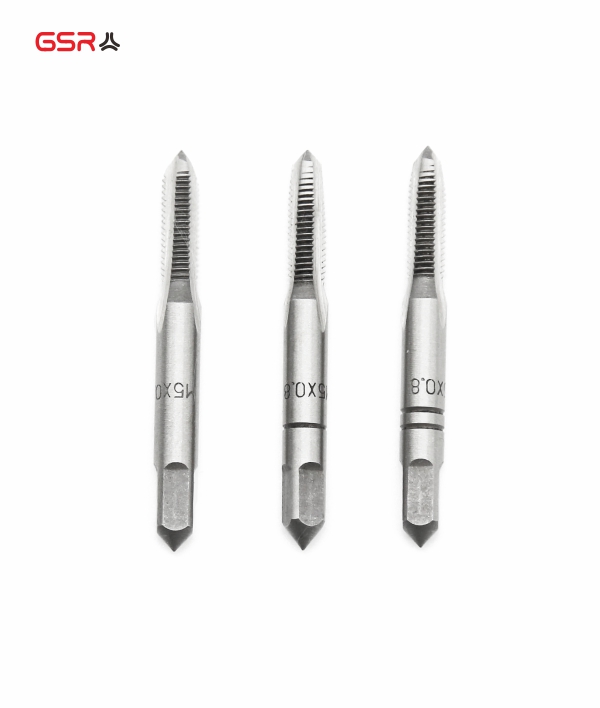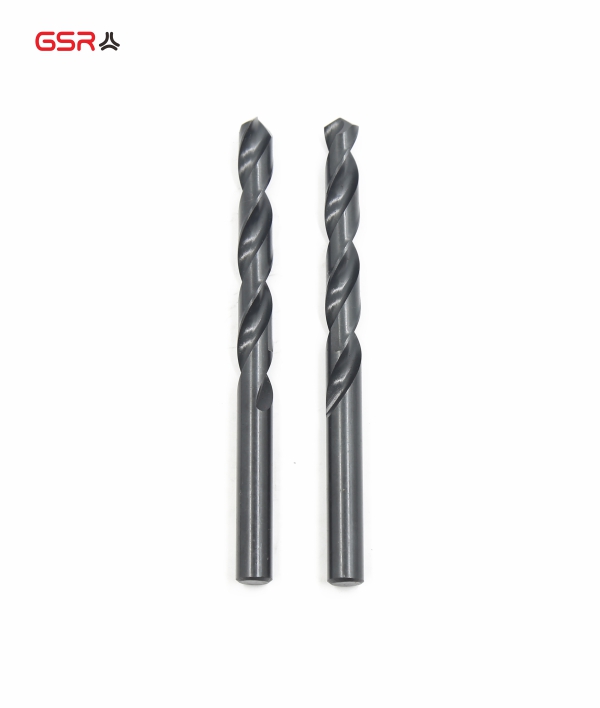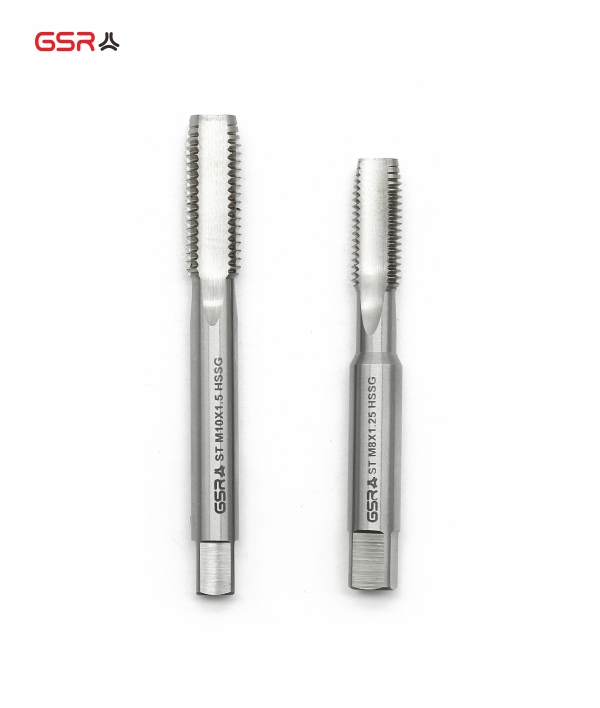What Is Most Commonly Used to Produce Internal Threads?
Internal threads, also known as female threads, are commonly produced using a process called tapping. Tapping is the method of creating threads inside a pre-drilled hole or on the inside surface of a cylindrical object. There are various tools and techniques available for tapping, depending on the specific requirements and materials involved. Here are some commonly used methods for producing internal threads:
Hand Tapping: Hand tapping is a manual method of creating internal threads using a hand tap. A hand tap is a cutting tool with flutes and cutting edges designed to match a specific thread size and pitch. The tap is inserted into the pre-drilled hole, and rotational force is applied using a tap wrench or a tap handle. The tap cuts the threads gradually as it is turned into the hole, creating the desired internal threads. Hand tapping is typically used for small-scale or occasional threading operations.
Machine Tapping: Machine tapping is a more efficient and precise method of creating internal threads using power-driven tools. In machine tapping, the tap is secured in a tapping machine or a tapping attachment on a drilling machine, lathe, or CNC machine. The machine provides the necessary rotational force and controls the feed rate and depth of cut. Machine tapping is suitable for higher production volumes and ensures consistent thread quality and accuracy.
Thread Milling: Thread milling is an alternative method for producing internal threads. It involves using a cutting tool called a thread mill, which has multiple cutting edges. The thread mill is programmed to move in a helical path to create the desired thread profile. Thread milling can be performed using a CNC milling machine or specialized thread milling machines. This method offers flexibility in terms of thread size, pitch, and geometry, and is especially useful for complex or large-diameter internal threads.
Thread Cutting on Lathes: Lathes are versatile machines commonly used for turning operations, but they can also be used to produce internal threads. Thread cutting on a lathe involves using a cutting tool, such as a single-point tool or a threading insert, to cut the threads. The lathe is set to rotate the workpiece at the desired speed, while the cutting tool is fed into the workpiece to create the threads. This method is often employed for large-diameter or long-length internal threads.
Tapping Inserts: Tapping inserts are specialized cutting tools designed for high-speed production tapping operations. They are typically used in conjunction with tapping machines or CNC machines. Tapping inserts consist of a cutting edge or multiple cutting edges, and they are secured in a tapping tool holder. The tapping insert is advanced into the pre-drilled hole, and the machine provides the necessary rotational motion and feed rate. Tapping inserts are commonly used in industries that require high-volume production and threading on difficult-to-machine materials.
It's important to note that the choice of method for producing internal threads depends on several factors, including thread size, pitch, material, desired thread quality, production volume, and available machinery. Each method has its advantages and limitations, and the appropriate method is selected based on the specific requirements of the application.
Additionally, the selection of cutting tools, such as taps, thread mills, or inserts, is crucial for achieving accurate and high-quality internal threads. These tools are available in various sizes, thread profiles, and coatings to suit different materials and thread specifications.
Overall, tapping remains the most commonly used method for producing internal threads, whether performed manually or with the assistance of machines. The specific technique chosen depends on the application's requirements, production volume, available equipment, and desired thread quality.















